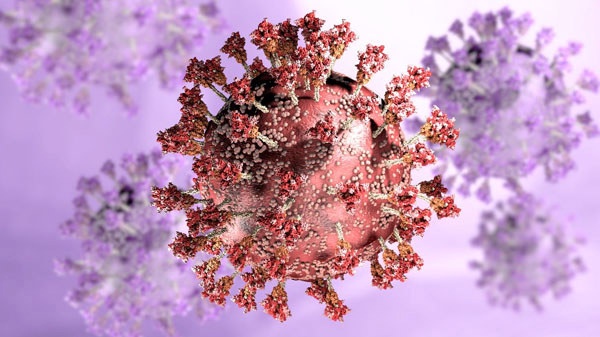Overview
- NB.1.8.1 was designated a "variant under monitoring" after rising to about 10.7% of global sequences by late April and nearly 11% by mid-May.
- The strain is dominant in Hong Kong and China and has been found in multiple regions including the US, Australia, Southeast Asia and the Eastern Mediterranean.
- Researchers link its rapid spread to spike-protein mutations that enhance cell binding and may partially evade immunity.
- WHO data show no increase in disease severity or novel symptoms compared to other Omicron subvariants, and vaccines are expected to remain effective.
- Low booster uptake—6.6% of Australian adults and under 25% of US adults—and new CDC guidance ending vaccine recommendations for healthy children and pregnant women heighten concerns over waning immunity.



